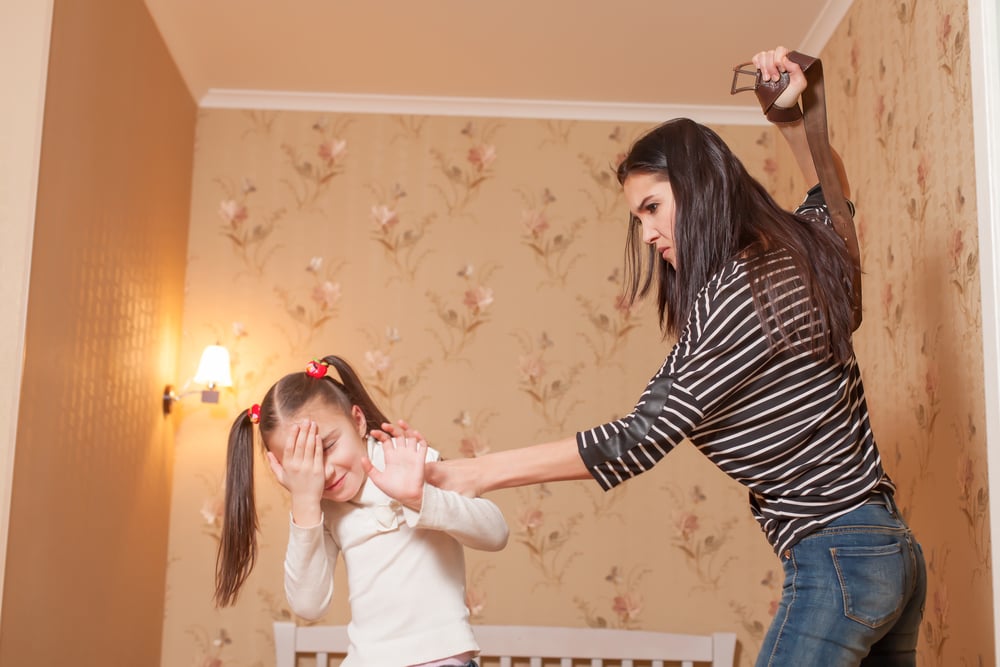Punishing Children in Educational Ways, According to Their Age

Nearly 70 percent of parents have punished their own children with corporal punishment. In fact, child psychologists strongly discourage giving such punishment, considering that physical punishment will have harmful effects on adult children later.
Not all methods of punishing children are applied at all ages. Different ages, different ways of punishing, have different effectiveness and impact.
Punish children according to age
Whenever you want to punish a child, try to follow an outline like this: First, first identify the problem he created, then you can explain the impact of his actions.
Once you can take over the child’s mood and attitude, suggest better behavior and actions. Additionally, you can describe the punishment you will receive, and say that you expect better behavior the next time.
Age 0- 3 years using the “timeout” method
Delinquency behaviors that usually occur at the age of 2 years and under include shouting, biting, throwing objects, or wasting food. This makes you angry and confused to discipline him. You can do a “timeout” penalty, on children aged 0 to 3 years.
Do a “timeout” by bringing to a room free of items that can distract him. Then, make the child sit down and calm himself down, and you can leave the room for 1-2 minutes. This stage is called the reflection stage. After the “timeout” ends, hug your child, and make him promise not to repeat the behavior. Avoid hitting children as a form of punishment.
3-7 years old: apart from punishing, also rewarding
As the child gets older, the more he understands that every behavior he does has its own consequences. Beforehand, you have to determine what punishment your child can get for not listening to you. Actually, the “timeout” method can still be done at the age of toddlers to children like this. Also, make sure not to take your child to a room with toys or a television when you want to discipline him.
Discuss what not to do, and once he has succeeded in not doing it, praise your child. Punishing children, the content is not only punishment, but also recognizes their good behavior.
For example, you could say, “Mama is proud of my sister, you wanted to share toys with friends at school.” Usually, this compliment is more effective than angry and punishing your child when he doesn’t want to share a toy. Don’t forget to praise specific words for the good behavior your child has done.
Age 7-12 years: avoid punishing while threatening
In pre-adolescence, be careful not to punish children with threatening language. For example, threatening to cancel the vacation, if your child doesn’t do their homework. Unfortunately, with these threats, it is feared that your child’s trust in you will disappear.
Why is that? By making these threats, this will cause the child not to be motivated to change his behavior, because he feels everything has been taken over by you and he can’t do anything about it. It is important to apply consistency in the punishment of the child’s behavior. Make your child believe what you say.
Ages 13 and beyond
At this age, punishing children can be done by taking away the privileges that children have. The reason is, your child already knows the consequences he will face as a result of punishment for behavior that should not be done. Teenagers like this, still need limits and care from you parents.
Determine some rules that you and your child should discuss first, such as curfews and hours to play, homework to do, and so on. Make good negotiations about children’s daily arrangements. Believe it or not, teenagers still need to have boundaries of order in their lives, even as you give them greater freedom and responsibility.
Then what if the child breaks the rules? You can revoke privileges that children have, such as prohibiting using a laptop or video games for a month. Don’t forget to talk about why he broke the rules and how he should behave.
Hello Health Group does not provide medical advice, diagnosis or treatment.